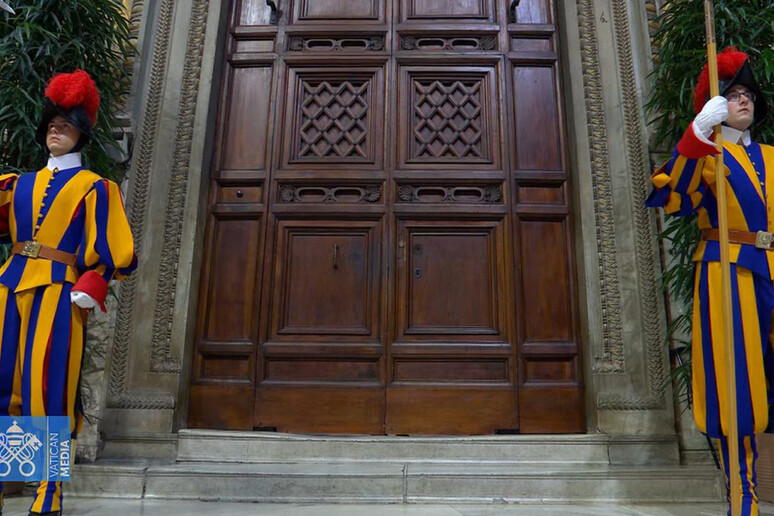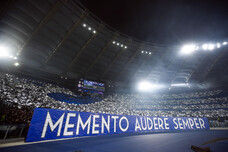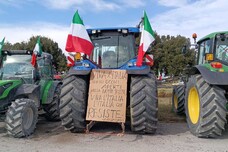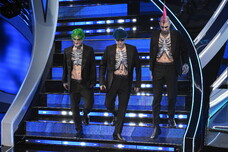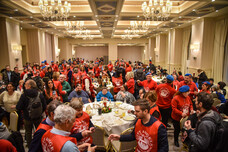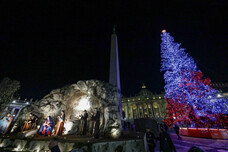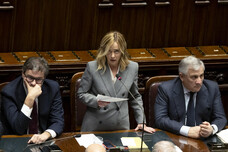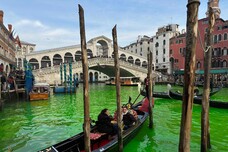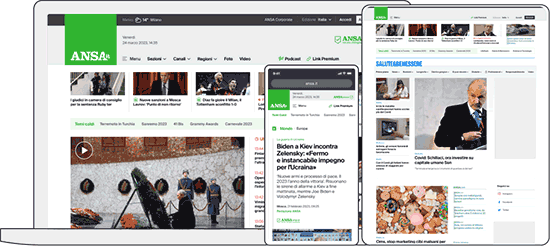The cardinal electors on Wednesday
entered the Sistine Chapel, where the conclave for the election
of the 267th Pope then began after the doors were closed with a
key (cum clave in Latin).
The first smoke signal from the chapel chimney - white for a new
pope, black if no pope has been chosen - is expected at around 7
pm. It is expected to be black for the first few votes at least.
Once they crossed the threshold, the 133 cardinals reached their
stations, where the equipment for voting was ready.
The tables covered with red drapes and brown tablecloths are
arranged along the entire Sistine Chapel in four rows, slightly
staggered, two on the right and two on the left.
At the end, the oath took place, which concluded with the
traditional 'extra omnes' and the closing of the doors of the
Sistine Chapel.
Latin was the language spoken in the Sistine Chapel: hymns,
prayers and the oath, before the start of the conclave, were
pronounced in the ancient language of the Church.
The cardinals invoked the protection of the Holy Spirit on the
works that are about to begin with the traditional rite "Veni,
creator Spiritus".
The cardinals, before beginning the work of the conclave, first
swore together and then individually. They swore before God to
be faithful to their task in the event of election as Pope and
also swore secrecy regarding the work of the conclave, on pain
of excommunication.
The one reading the oath, on behalf of all, was Cardinal Pietro
Parolin, who is presiding over the conclave.
Parolin, Vatican Secretary of State, is the leading 'papabile'
(pope tip) according to London bookies, followed by Filipino
Luis Antonio Tagle, whose youthful rendition of John Lennon's
'Imagine' on a world without religions has gone viral, and
Italian Bishops Conference (CEI) chief Matteo Zuppi, the Ukraine
envoy.
In the text of the oath the cardinals commit themselves to
fidelity to the role: "whoever of us" "is elected Roman Pontiff
will commit to faithfully carry out the munus petrinum (Peter's
office)".
Then they swear to "observe with the utmost fidelity and with
everyone, both clerics and lay people, the secrecy on everything
that in any way concerns the election of the Roman Pontiff and
on what happens in the place of the election" and "not to
violate this secret in any way either during or after the
election of the new Pontiff" and "never to lend support or favor
to any interference, opposition or any other form of
intervention".
After this collective oath, the individual oath of each cardinal
followed.
With the "extra omnes" pronounced by the master of papal
liturgical celebrations, Monsignor Diego Ravelli, the conclave
began.
All the others present then left the Sistine Chapel, inside
which remained only the cardinal electors, the master himself
and the ecclesiastic in charge of holding the last meditation
before the voting, Cardinal Raniero Cantalamessa.
Once everyone had left, the master closed the door to the
Sistine Chapel.
At the end of the meditation, the master and Cardinal
Cantalamessa also left the Sistine Chapel and the voting
operations began.
ALL RIGHTS RESERVED © Copyright ANSA
